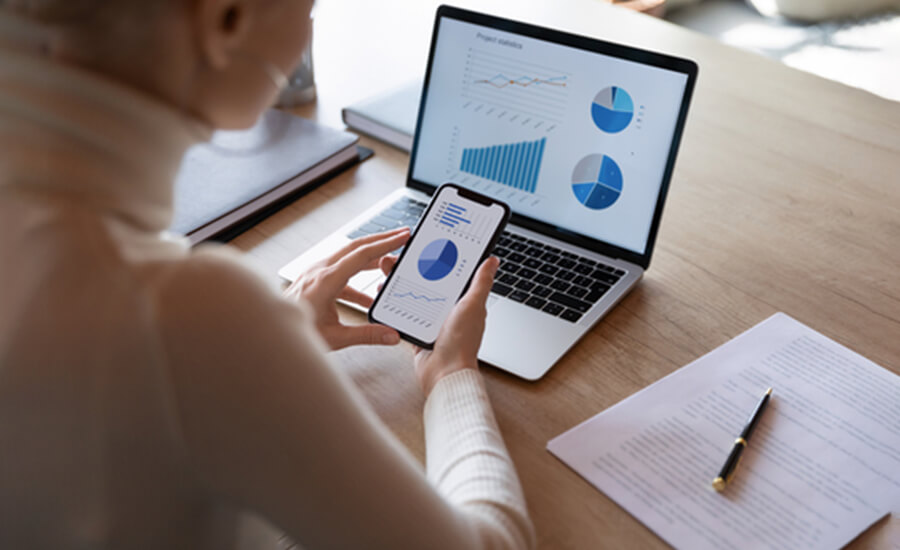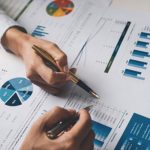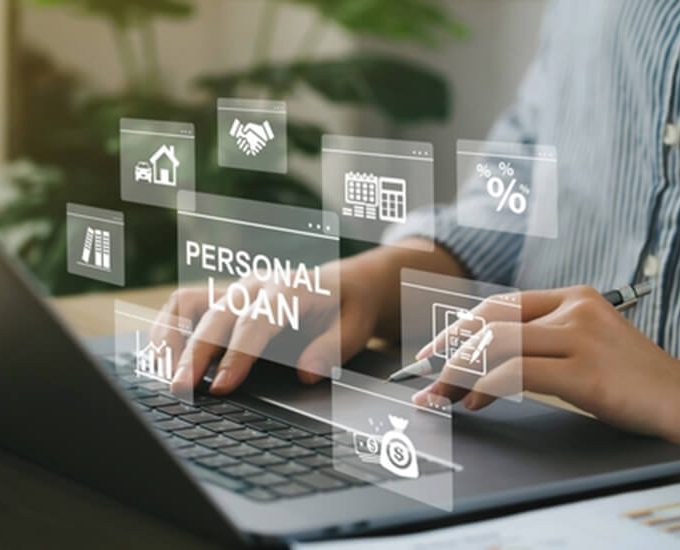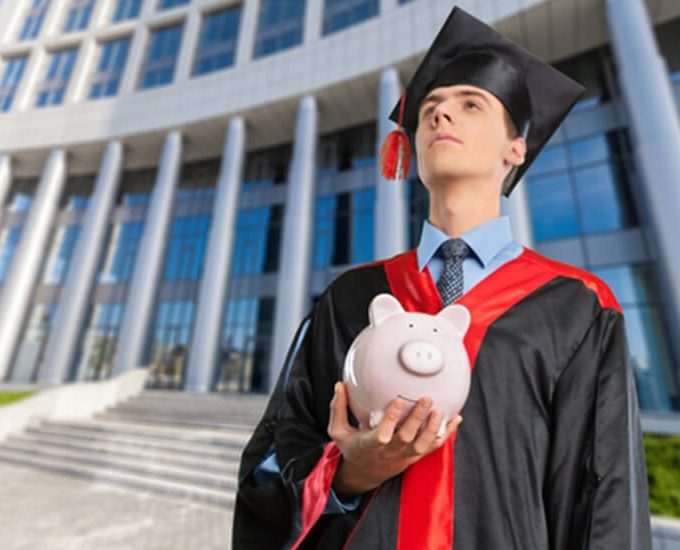Debt consolidation can be a powerful tool for managing your finances and simplifying your debt repayment journey. One effective method of consolidation is through a personal loan. In this blog post, we will guide you through the process of consolidating your debt with a personal loan, helping you take control of your financial obligations and pave the way towards a debt-free future.
1. Assess Your Debt Situation
The first step in the debt consolidation process is to assess your current debt situation. Take a comprehensive look at all your outstanding debts, including credit card balances, medical bills, student loans, and other personal loans. Note the interest rates, monthly payments, and outstanding balances for each debt.
2. Create a Budget and Financial Plan
Before proceeding with debt consolidation, it’s crucial to create a budget and financial plan to ensure that you can comfortably manage your debt payments. Analyze your income, expenses, and savings to determine how much you can realistically allocate towards debt repayment each month. This will help you set clear goals and determine the loan amount you’ll need.
3. Research and Compare Personal Loan Options
Next, research and compare personal loan options from various lenders. Look for reputable lenders who offer favorable interest rates, flexible repayment terms, and minimal fees. Pay attention to the loan amount and eligibility criteria, as well as any specific requirements for debt consolidation purposes.
4. Check Your Credit Score and Creditworthiness
Your credit score plays a significant role in your ability to secure a personal loan with favorable terms. Check your credit score and review your credit report for any errors or discrepancies. Take steps to improve your creditworthiness, such as paying bills on time, reducing credit card balances, and correcting any inaccuracies in your credit report.
5. Gather the Necessary Documentation
To apply for a personal loan, you’ll need to gather the necessary documentation. Typical requirements include:
- Proof of identity (e.g., passport, driver’s license)
- Proof of income (e.g., pay stubs, tax returns)
- Proof of residence (e.g., utility bills, lease agreement)
- Bank statements and financial records
- Details of your existing debts and creditors
Ensure that you have these documents ready to streamline the application process.
6. Apply for the Personal Loan
Once you’ve selected a suitable personal loan option and gathered the required documentation, it’s time to submit your loan application. This can typically be done online or in-person, depending on the lender’s process. Be prepared to provide the necessary information accurately and thoroughly.
7. Use the Loan Funds to Consolidate Your Debt
If your personal loan application is approved, you’ll receive the loan funds in your bank account. Use these funds to pay off your existing debts completely. Contact each creditor to obtain the necessary payoff amounts and instructions for repayment. By consolidating your debts, you simplify your repayment process and benefit from a single monthly payment.

8. Develop a Repayment Plan
With your debts consolidated into a single personal loan, create a solid repayment plan. Consider the following strategies:
Stick to Your Budget: Ensure that your monthly loan repayment fits within your budget. Make timely payments to avoid late fees or penalties.
Automate Payments: Set up automatic payments for your personal loan to avoid missing deadlines and maintain a positive repayment history.
Explore Repayment Options: If you’re facing financial difficulties, contact your lender to discuss potential repayment options, such as temporary payment reductions or interest rate adjustments.
Accelerate Repayment: If possible, consider making additional payments towards your personal loan to pay off the debt faster. This can help you save on interest payments and become debt-free sooner.
9. Monitor Your Progress and Adjust as Needed
Regularly monitor your progress as you repay your personal loan. Keep track of your remaining balance, interest paid, and overall progress towards becoming debt-free. If necessary, reassess your budget, financial goals, and repayment strategy to ensure you stay on track.
10. Maintain Good Financial Habits
As you work towards eliminating your debt, maintain good financial habits to prevent future debt accumulation. Budget wisely, spend within your means, and avoid unnecessary credit card debt. Consider building an emergency fund to handle unexpected expenses and reduce the likelihood of relying on credit in the future.
Consolidating your debt with a personal loan can provide a structured approach to debt management and offer financial relief. By assessing your debt situation, creating a budget, researching personal loan options, and following the necessary steps, you can simplify your repayment process and work towards a debt-free future. Remember, debt consolidation is just the first step—maintaining good financial habits and disciplined repayment strategies are essential for long-term financial well-being.

















